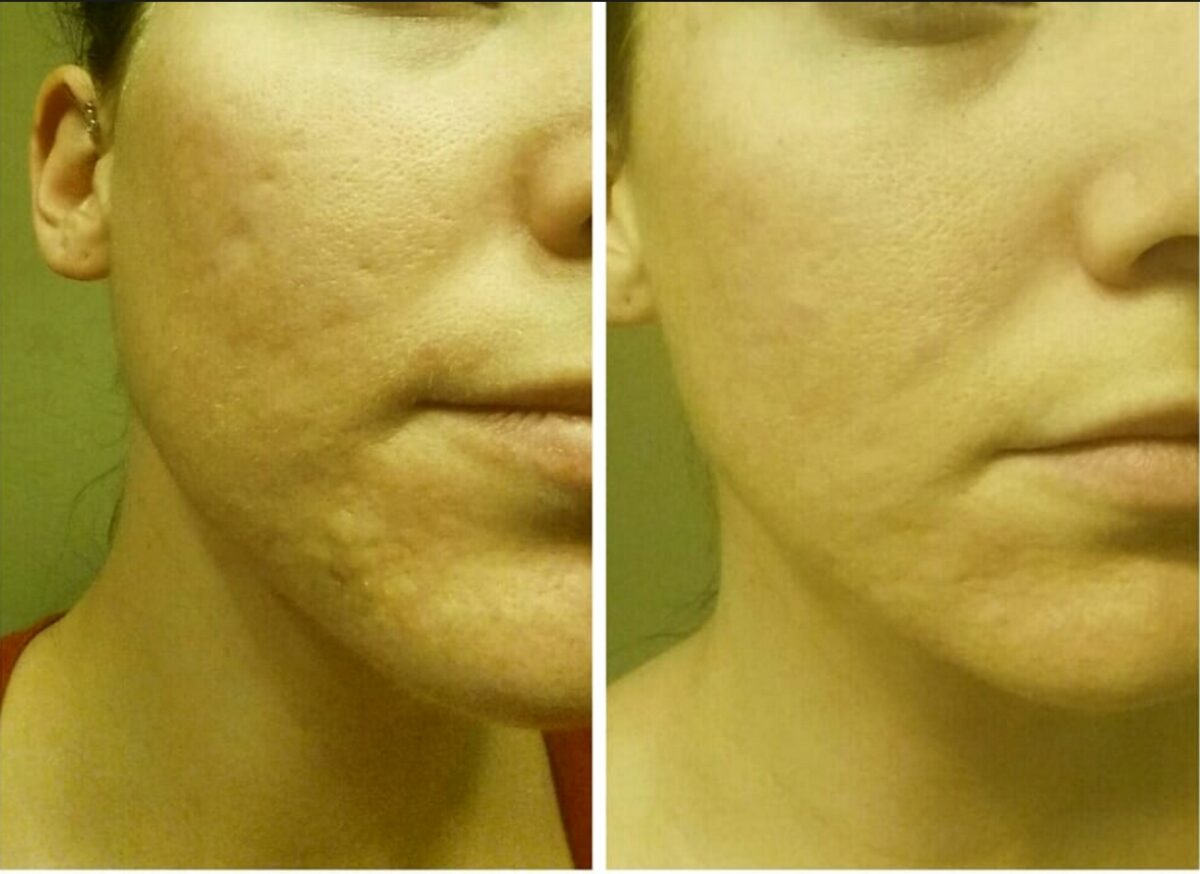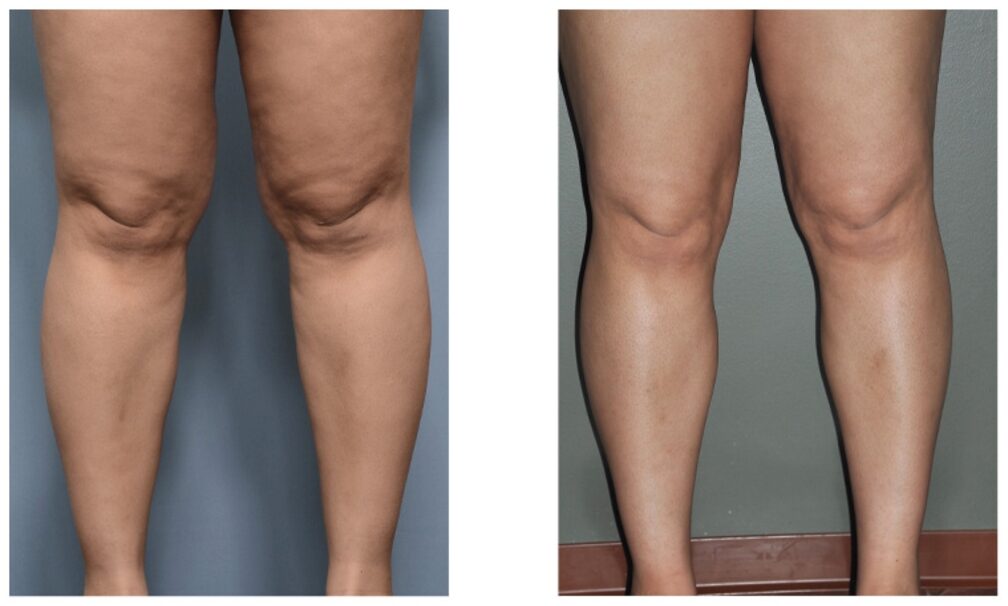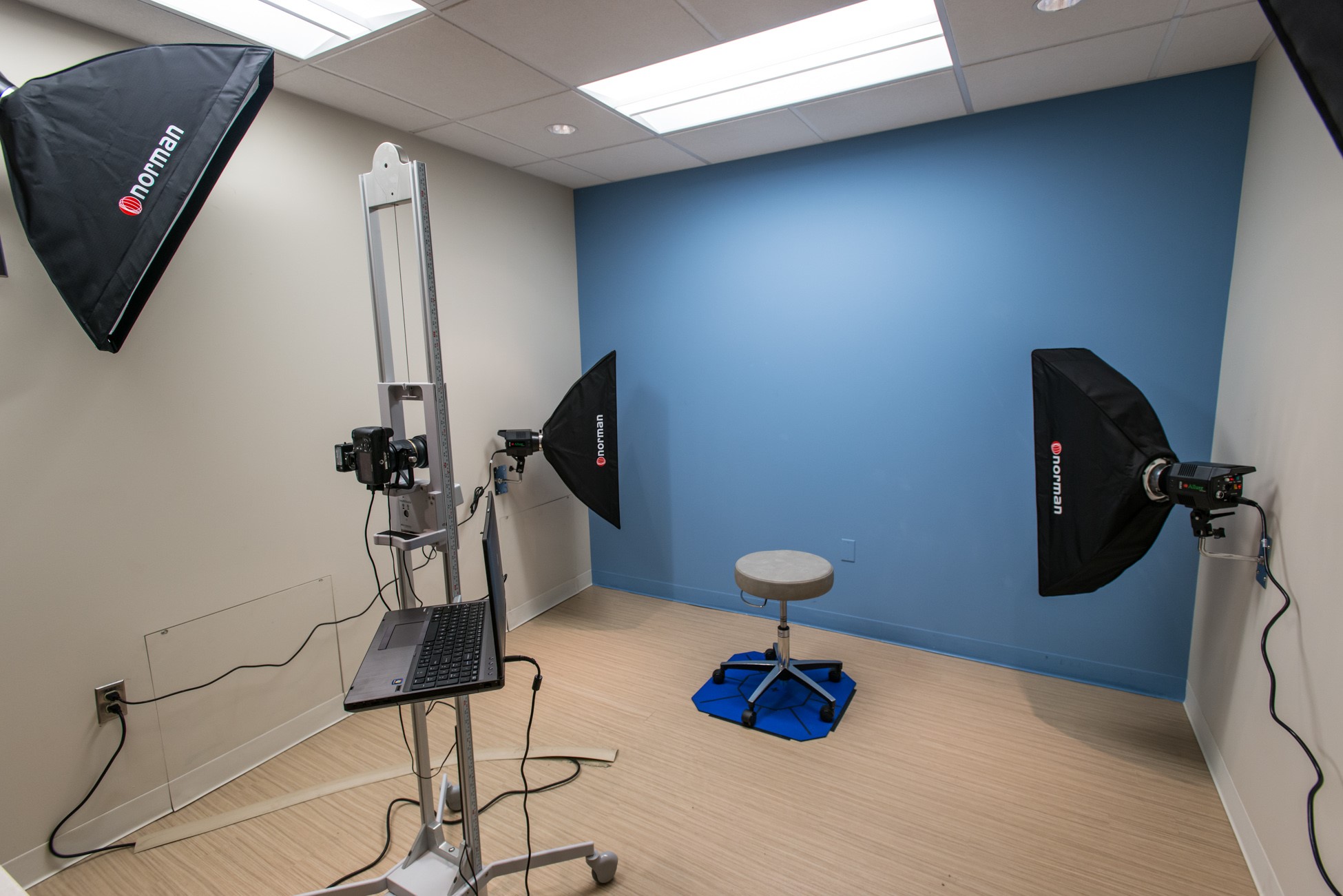Does the idea of using injectable fillers like Juvederm or Retsylane on your cheeks and lips make you feel squeamish? Well, if so, brace yourself, because there’s a whole lot more that can be done.
Experienced health care providers around the globe are not only treating those areas, but getting really creative with their use of injectable fillers in general, from the ear lobes to the balls of the feet. They’re filling almost anything they can reasonably inject for volume loss and rejuvenation and the results are, to no surprise, beautiful.
1. Earlobe rejuvenation
Who hasn’t thought, “Gosh, I would feel so much better about myself if only my earlobes looked more youthful.” I know you may be shaking your heads, but filler to the earlobes is a real thing and patients are loving it.
As we age, we see signs of skin damage and volume loss everywhere, and our earlobes are no exception. Heavy accessories only add to the effects of gravity and volume loss. An increasing number of patients are addressing this concern with injectable fillers, rejuvenating their lobules in a safe, long-lasting, and relatively painless way.

Small earlobes can also be enhanced with dermal fillers, giving them a rounder look by enlarging the outer portion of the lobule.
Depending on the filler used, the treatment can last a year or longer and will not impact a patient’s ability to wear earrings afterward. The procedure can be redone once the filler diminishes over time, and can be combined with other treatments performed on the same day – at your provider’s discretion, of course.
The cost varies depending on the type of filler used and the quantity required (a theme you’ll consistently see with any filler), but a conservative estimate would be somewhere between $700 and $1,000.
2. Dermal fillers for hollow temples
Hollowing temples are a common sign of aging, yet often this ever-important area is overlooked during cosmetic consultations. As we age, the bones around the temple area often become more apparent and can, in some ways, make us look sickly and generally unhealthy.
There are two main types of fillers doctors use to enhance this particular area: poly-lactic acid fillers (like Sculptra), and hyaluronic acid fillers (like Juvederm). Poly-lactic acid fillers work by inciting collagen growth (a process called fibroplasia) through multiple treatments over a period of several months, gradually producing results that can last as long as 2 years before finally diminishing.

Hyaluronic acid fillers constitute a newer treatment and have various durations, thicknesses, and uses. Should you be an appropriate candidate for either of these treatments, ask your provider which one they would prefer to use for you. On average, Sculptra costs more than Juvederm to fill the same areas, so if cost is a prohibiting factor be sure to discuss this with your provider as well.
As one can imagine, “filling” this area comes with certain risks which should never be minimized. Some of the more serious risks include facial nerve injury, blood vessel occlusion or emboli (a blockage to the blood vessel), infection, and numbness. Less serious risks can be bruising, swelling, and an increase in the prominence of temple-area superficial blood vessels.
3. Non-surgical chin augmentation
Strong chins are in. They help us look smarter and healthier. According to celebrity Hollywood dermatologist Dr. Simon Ourian, the importance of a well-defined chin line can be traced back to our childhood heroes, like Superman and Batman. It is no coincidence, according to Dr. Ourian, that these superhero characters were all given strong chins.
Before the advent of dermal fillers to the chin area, chin augmentation with implants were the best, and pretty much only, option for patients. However, implants are a one-size-fits-all option that usually isn’t customizable or adjusted based on the patient’s facial profile, ethnicity, or needs. With the personalized approach afforded to providers through fillers, not only can the projection now be addressed from patient to patient, but the shape of the chin can also be changed to give a round face a more heart-shaped look – or anything in between.
Juvederm, Voluma, Sculptra, Radiesse, Restylane, and Bellafill are currently the most commonly used fillers for non-surgical chin augmentation procedures. Prices vary between $2,000 to $6,000, depending on the number of syringes that are required. The procedure itself takes anywhere from 5-30 minutes and is only mildly painful.
4. Lines around the neck
A ring (or neck wrinkle) that runs horizontally across the neck is usually caused by age, but can also be a normal anatomic feature of a healthy, young individual. Big Bang Theory star Kaley Cuoco is one such case – the lively 30 year-old actress recently disclosed her love of plastic surgery and cosmetic procedures, sharing that she had her neck ring filled among other procedures.
Many dermatologists and plastic surgeons have been trained in this art of neck filling. However, great caution must be exercised when discussing the treatment and assessing the provider’s experience level. There is no shortage of complications that can arise, so be sure to fully vet your provider before undergoing this procedure.
One of the most common fillers used is Belotero, a “thin” hyaluronic acid filler with a low risk of the dreaded “tyndell effect” (a blueish hue given to skin when dermal filler is injected too close to the surface). Again the costs range depending on the number of syringes required, but are usually between $500 and $2,000. The results last anywhere from 9 to 12 months.
I should add that neck rings are different from “bands”, in that bands are caused by the platysmal tendons of the neck, which create vertical lines that run from beneath the chin to the lower portions of the neck. These bands can be treated in various ways, the two most common being surgical approaches called platysmaplasties (like the “Nefertiti” neck lift) – usually addressed during a concomitant neck lift – or with neurotoxin injections like Botox.
Also note that neck filler is not considered a good option for patients with considerable skin laxity requiring more aggressive tightening.
5. Dermal filler for acne scars
“Ice pick”, “rolling”, and “boxcar” acne scars (atrophic scars, the clinical term) are some of the hardest to treat with laser and chemical peels, but with some of the newer dermal fillers, like Bellafill, (a polymethylmethacrylate collagen filler), Belotero, Juvederm or Restylane, these scars can also disappear.
Similar to suctioning a dent out of your car’s hood, these dermal fillers are used to fill in the space behind the scar, essentially pushing it out. With Bellafill, the process continues by enabling the body’s natural reaction to polymethylmethacrylate (PMMA) to take place, allowing a new collagen tissue matrix and blood vessels to form beneath the former scar site (this is the proposed theory on how PMMA works on these scars – it has yet to be definitively proven).
Most patients require several treatments and adequate upkeep, but the results can be life-changing for those who suffer tremendously from acne scars. Results are noticeable after the first session with a trained provider, but since Bellafill works with your skin’s natural processes, patients can continue seeing improvement over a year after the treatment.
This specific acne scar treatment is meant for patients with moderate to severe scarring, who are not allergic to Bellafill, and are at least 21 years old. Common side effects are similar to most fillers: swelling, bruising, and tenderness that resolves usually after a week. Other more severe side effects can also occur and should be discussed with your provider as you further explore this option.

Alongside Bellafill for acne scar treatments, many providers prefer the use of hyaluronic acid-based fillers (like Belotero and Restylane) in light of their comfort with this type of treatment. They too provide immediate results and continue to modify over a period of months by breaking up some of the scarred down bands that pucker the skin. The hyaluronic acid fillers will continue to lift the depressed scars for about a year, and are generally used in combination with other modalities such as fractional non-ablative lasers and chemical peels.
6. Hand rejuvenation fillers
Whenever I have difficulty estimating someone’s age in the office without their date of birth in front of me, I cheat by looking at their hands. Dark marks caused by sun damage, veins, boney structures and tendons become more visible as the skin ages. Hands are a great indicator of age, but with laser treatments, peels, and more recently the use of dermal filler, my trick to guessing age has been thrown out the window.
Radiesse is one of the most commonly used hand rejuvenation dermal fillers. It’s a calcium-based gel filler that corrects the volume loss and hides the visible veins, tendons, etc. that make hands appear aged. Having a trained provider injecting the area is paramount, as there are a myriad of adverse affects that could occur if improperly injected.
The cost varies by office and provider, but you can safely estimate that a single syringe (if that were all you required to split between your two hands) will cost anywhere from $700 to $1,000 on average.
7. Foot fillers
Have you ever said to yourself, “if my feet had better padding they probably wouldn’t be so sore”? Well, no need to keep inserts in your shoes anymore. Hyaluronic acid fillers (like Juvederm and Restylane) are being called up once again to add some cushion to the balls of your feet, a crucial part of your body that’s absorbed the beating of gravity and poor shoe choices for years.
The filler is injected between the metatarsal and phalangeal bones of the big toes to add padding that has been lost, therefore reducing pressure and pain. In addition, other areas of the foot subject to intense pressure can be injected with filler for the same effect. Risks beyond swelling, bruising, and damage to nearby structures include using an inappropriate filler or “over-filling” the area, which can worsen the discomfort by making it more difficult to walk/stand.
Again, as with any procedure, make sure to fully investigate the provider you intend to hire for this treatment. Also, remember that many providers have their own preferences for certain fillers, whether they be “thin” with a low viscosity or “thick” with a higher viscosity.
8. Butt enhancement injections
On a November 2016 episode of The Doctors, a woman with an already desirable body experienced the rejuvenation of her life live on television – she received almost $20,000 worth of Sculptra filler to her buttocks. The procedure is great for the patient who wants a quick fix that is non-surgical and gets them out the door quickly without restrictions, unlike the popular surgical option of the Brazilian Butt Lift.
With celebrities like Kim Kardashian and Iggy Azelea having full backsides, patients are flooding cosmetic surgery offices to talk about their options for butt enhancement. Implants, fat grafting, etc. are all loudly blasted on the internet as options for patients, but this newer approach has us cheering for yet one more way filler can come to the rescue!
As discussed previously for temple filling with Sculptra, this versatile poly-L-lactic acid filler helps replace collagen and adds great volume. By discussing your needs with your provider and properly mapping out the areas in which they will give you fullness and lift, the Sculptra filling technique can be utilized to great effect.
The biggest challenge is not just preparing financially for the procedure, but finding the provider who is the best trained and most well-versed in the technique. All the more reason to send out your request through ZwivelMatch to find a provider who performs the procedure.
9. Knee wrinkles
Knee rejuvenation is trending. Dermatologists and plastic surgeons all over the country are proving that signs of aging above the knees can be masked with Sculptra. The poly-lactic acid filler tightens and improves skin quality in this area by helping the body recreate collagen that’s been lost over time.

Tight, lifted, and wrinkle-free knees could be just the improvement you’re looking for when you slip on your favorite summer dress – you know, the one that somehow just doesn’t seem to look as good on you as it did 10 years ago, in spite of all the squats and lunges you do.
The cost for the procedure varies, but since Sculptra is being used you can bet the cost will be well above $2,000, and could go as high as $10,000. However, if you’re looking for a lifted and tighter look to this area that’s non-surgical and relatively safe, this is one option you should seriously consider looking into with your provider.









